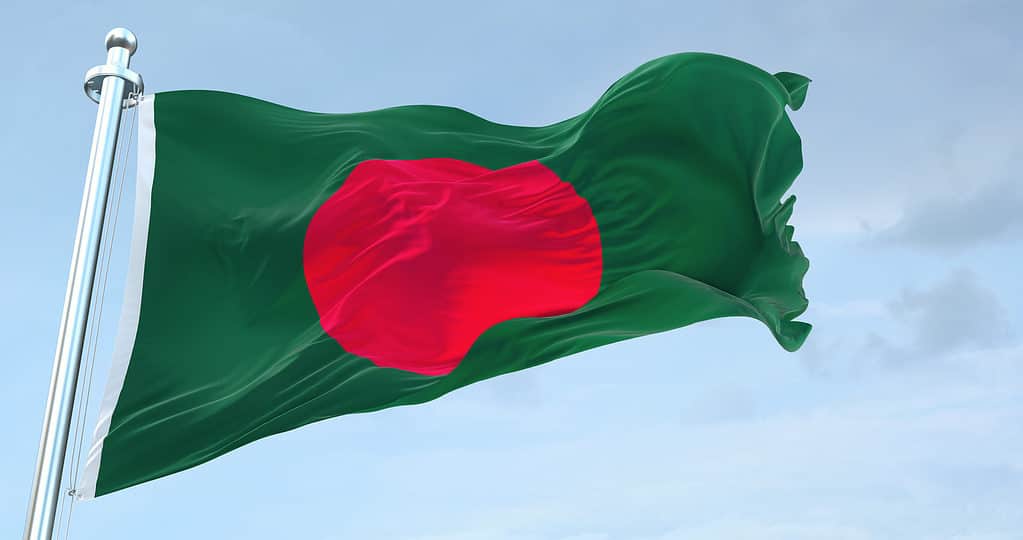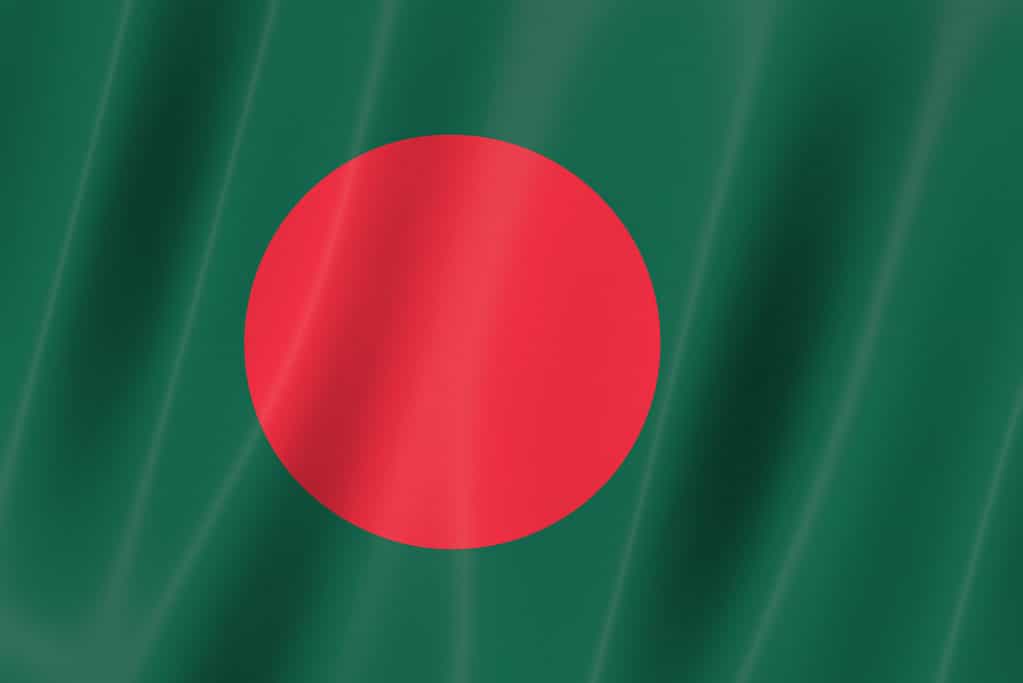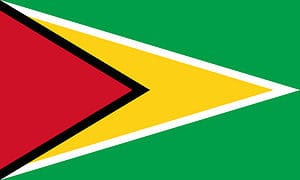Bangladesh, officially known as the People’s Republic of Bangladesh, is a country in South Asia. It is located between India and Myanmar, with the Bay of Bengal running along its south-end border. Its biggest trademark is its placement among the delta of numerous transboundary rivers. Most of the landmass of about 57,320 square miles is dominated by the Ganges Delta, formed by joining the Jamuna and the Meghna rivers.
An estimated 140 million people occupy Bangladesh, making it the eighth-most populous country in the world. This population comprises 99% Bengalis and other minority Adivasi residents, including the Chakmas, Mros, Tanchangyas, Tripuris, Khasis, Khumis, Kukis, and Bishnupriya Manipuris.
As most of the citizens are Bengalis, Bangladesh is ethnically and culturally homogeneous. It is recognized as the third-largest Muslim-majority country in the world. The official language of Bangladesh is Bengali, spoken by more than 98% of the population.
In this article, you will learn everything you need to know about the flag of Bangladesh, including its history, meaning, and symbolism.
Characteristics of Bangladesh
Bangladesh comprises three distinct regions: the plain lands of the low valley, the eastern hilly area, and the northwest highlands. The low valley’s plain lands are mostly covered by rivers and their tributary. Some of these rivers include Brahmaputra, Meghna, Padma, and Jamuna. The eastern hilly areas consist of small and medium hills, including the Chattogram hill tracts and the hills of Cumilla, standing at an average of 2,000 feet. Saka Haphong is Bangladesh’s highest point. It is located near the Myanmar border and rises 3,491 feet high. The northwest highlands, split into two parts, consists of the Barind tract and the Madhupur and Bhawal gara.
The climate of Bangladesh is extremely vulnerable. Cyclones emerging from the Bay of Bengal region with high winds and tidal waves, often resulting in epic landfalls, are common here. Furthermore, due to the country’s location, increased rainfall poses a significant threat to the grounds as just a three-foot rise in sea levels could submerge 20 percent of Bangladesh’s land.
Regardless, Bangladesh boasts a long sea coastline, numerous rivers, tributaries, wetlands, lakes, evergreen forests, and freshwater swamp forests, which provide the ideal location for plant life and a great habitat for settlers.
Founding of Bangladesh

The flag of Bangladesh was officially adopted on January 17, 1972.
©iStock.com/EA
For many centuries, present-day Bangladesh remained a part of the Bengal region of India. This meant Bangladesh was also ruled by the same empires that ruled central India. The earliest parties to settle in ancient Bengal included Austroasiatics, Tibeto-Burmans, Dravidians, and Indo-Aryans. Evidence of their habitation includes stone age tools that date back 20,000 years with inscriptions as old as the 3rd century BCE. The Ganges, Brahmaputra, and Meghna rivers attracted a continuously evolving set of ruling dynasties, including the Hindu Sena and Buddhist Pala dynasties.
In the 12th century, most of the region was dominated by Arab merchants who explored strong trade networks like the muslin trade to supply textiles. Around that period, Islam became the most dominant religion in Bengal. By the 16th century, the Mughal Empire took control of Bengal.
Shortly after, the Portuguese became the first Europeans to arrive at Bengal and established a chain of fortresses along the Bay of Bengal. After the Portuguese came the French, British, and Dutch, all looking to sink their anchors permanently on the shores of Bengal. By 1859, the British had succeeded, taking over Bengal and declaring it a part of the British Empire and a region of India.
In August 1947, when British India gained its independence, East Bengal became the most populous province, and the Muslim section of Bengal became a part of Pakistan under the name “East Pakistan.” In contrast, the Hindu part of India was known as West Bengal.
In 1972, after numerous arguments and wars between Pakistan and India, the new state of Bangladesh was formed. It became the first constitutionally secular state in South Asia, and Islam was declared the state religion in 1988. Dhaka was selected as the country’s capital, and Justice Abu Sayeed Choudhury became the country’s first president.
History and Symbolism of the Bangladesh Flag

The green field on the flag of Bangladesh represents the luxurious green landscape of the country.
©iStock.com/will
The national flag of Bangladesh, also known as red and green, was adopted officially on January 17, 1972, following the country’s independence. The flag consists of a red disc on a dark green banner. Although the red disc appears centered while the flag is hoisted, it is slightly offset toward the hoist. The green banner on the flag represents the luxurious green landscape of the country. In contrast, the red sun represents the blood of the Bengalis who lost their lives during the Bangladesh Liberation War in the fight for the country’s crucial independence.
The flag was modeled after one used during the Bangladesh Liberation War of 1971. The initial flag had a yellow map of Bangladesh within the red disc. In 1972, the map was removed from the flag, leaving a centered red disc. It was removed partly to reduce the difficulty in rendering the map properly on both sides.
The first version of the new flag was designed on June 6, 1970, by a union of students and activists at Dhaka University. On March 2, 1971, this first version of the flag was hoisted in Bangladesh by student leader A. S. M. Abdur Rab at Dhaka University for the first time. On January 13, 1972, the flag was modified. The map was removed from the center, and the red disc was moved towards the hoist to visually center the flag when hoisted on a mast.
On December 16, 2013, over 27,000 volunteers from the Bangladesh army gathered at the National Parade ground in Dhaka to form a human flag of the flag of Bangladesh in celebration of the country’s 42nd Victory Day. This made the flag the largest human flag formed up to this day and a part of the Guinness Book of World Records.
Up Next:
- Animals in Bangladesh
- Discover the 9 Largest Cities In Bangladesh
- The Flag of Brazil: History, Meaning, and Symbolism
The photo featured at the top of this post is © iStock.com/de-nue-pic
Thank you for reading! Have some feedback for us? Contact the AZ Animals editorial team.






